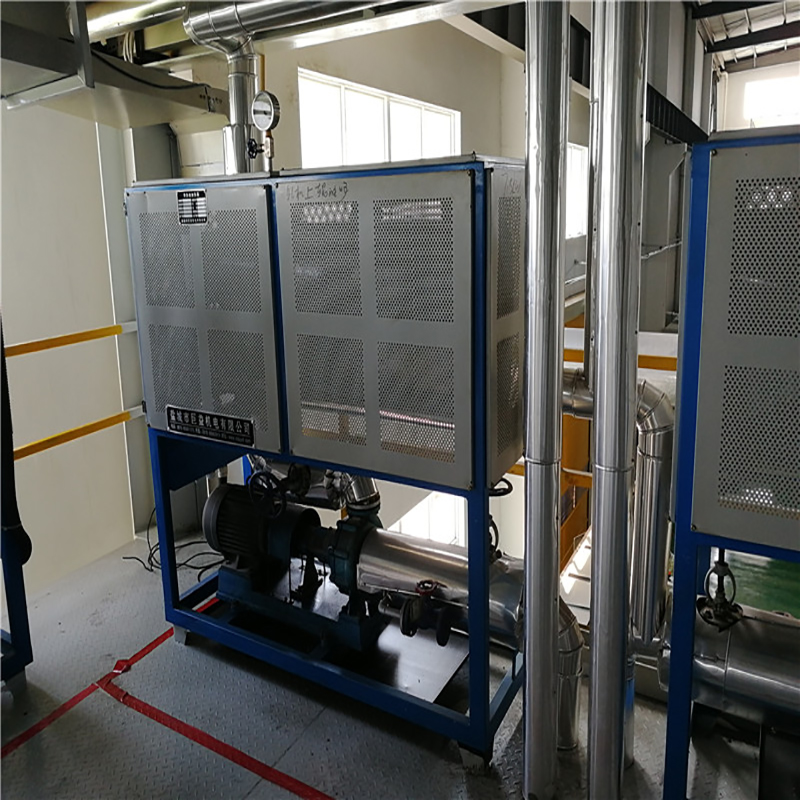China PP spunbond nonwoven fabric making machine is at the forefront of nonwoven fabric production, enabling the creation of versatile and widely used materials. Understanding the working principles, raw materials, production process, aplicações, and industry trends of these machines empowers entrepreneurs and textile professionals to make informed decisions in their manufacturing endeavors.
Unveiling PP Spunbond Nonwoven Fabric Making Machines

PP spunbond nonwoven fabric making machines, also known as spunbond lines, are specialized equipment designed to produce nonwoven fabrics from polypropylene (PP) resin. These machines utilize a unique technology called spunbonding to create continuous filaments that are bonded together to form a fabric-like material.
Working Principles of PP Spunbond Nonwoven Fabric Making Machines
The spunbond process involves several key steps:
- Extrusion: Molten PP resin is extruded through spinnerets, which are perforated plates with numerous tiny holes.
- Quenching: The extruded filaments are rapidly cooled by a stream of air, solidifying them into fibers.
- Drawing: The fibers are stretched to enhance their strength and orientation.
- União: The drawn fibers are bonded together through heat and pressure to form a continuous web of nonwoven fabric.
Raw Materials for PP Spunbond Nonwoven Fabrics
The primary raw material used in PP spunbond nonwoven fabric making machines is polypropylene (PP) resin. PP is a thermoplastic polymer known for its versatility, strength, and resistance to chemicals and moisture.
Production Process of PP Spunbond Nonwoven Fabrics
The production process of PP spunbond nonwoven fabrics involves several stages:
- Resin Preparation: PP resin is melted and mixed with additives to achieve the desired properties.
- Extrusion and Quenching: The molten PP is extruded through spinnerets and rapidly cooled to form fibers.
- Drawing: The fibers are stretched to enhance their strength and orientation.
- União: The drawn fibers are bonded together through heat and pressure to form a continuous web of nonwoven fabric.
- Acabamento: The nonwoven fabric may undergo additional processes such as calendering, gravação em relevo, or coating to achieve specific properties or aesthetics.
Applications of PP Spunbond Nonwoven Fabrics
PP spunbond nonwoven fabrics have a wide range of applications, including:
- Produtos de Higiene: Disposable diapers, absorventes higiênicos, and medical gowns.
- Packaging Materials: Shopping bags, envelopes, and wrapping materials.
- Filtration Media: Air and liquid filters, face masks, and tea bags.
- Geotêxteis: Soil stabilization, erosion control, and landscaping.
- Automotive Interiors: Headliners, door panels, and trunk liners.
Industry Trends in PP Spunbond Nonwoven Fabric Making Machines
The PP spunbond nonwoven fabric making machine industry is constantly evolving, with several notable trends:
- Increasing Demand for Nonwoven Fabrics: The demand for nonwoven fabrics is growing due to their versatility, relação custo-benefício, and eco-friendly nature.
- Focus on Sustainability: Manufacturers are developing more sustainable spunbond lines that minimize energy consumption and waste generation.
- Automation and Digitalization: Advanced automation and digitalization technologies are being integrated to enhance production efficiency and quality control.
- Multi-Layer Fabrics: Machines capable of producing multi-layer nonwoven fabrics with different properties are gaining popularity.
- Customization and Flexibility: Manufacturers are offering customized solutions to meet specific customer requirements and market demands.
